Originally for chromatic harp
In the new edition of Debussy's "Danses", a phase in the history of the harp's development also becomes tangible.

A jewel of harp literature are the Danses (with the two parts "Danse sacrée" and "Danse profane") by Claude Debussy for harp and string orchestra. The colors, the nuances and the unique dynamics created by the fusion of plucked and bowed strings are unsurpassed.
The work was commissioned by the Pleyel company in 1903 for their chromatic harp built at the time. The idea for it - in competition with the constantly expanding mechanics of the Erard double-pedal harp - arose from the increasing chromaticism in the music of the time, which meant that the pedal work was becoming ever more extensive and difficult to perform. Pleyel tried to solve the problem by building a harp with crossed strings (diatonic and chromatic string rows) and to promote this instrument by commissioning works from renowned composers. The advertising strategies went as far as a class for chromatic harp at the Conservatoire in Brussels around 1900 and later in Paris.
Debussy accepted the commission, but another year passed before the matter became more concrete. The decisive factors were probably the insistence of the commissioner and the competition of the Revue musicale. Debussy chaired the jury. One of the nominated works was by the composer Lacerda. It bore the title Danse du voile as part of a suite of Danses sacrées.
In mid-May 1904 Debussy's Danses then finished. He had had some difficulty with the instrument and the whole composition, as we learn from his letters. The first performance took place in Paris in November 1904, praised by the public, but rather critically received by the critics, above all Fauré, for whom the work "...revealed nothing of Mr. Debusy's very own talent that was not already known".
The pedal harp becomes standard
The chromatic harp, also due to its thinner and drier sound, was not able to establish itself. Already in the reprint of the Danses In 1910, "chromatic or pedal harp" was added. Henriette Renié, harp virtuoso and composer, performed the work that year on the double pedal harp, which was only right for Debussy, as this instrument had more sonority and expressive possibilities. When he composed his Sonata for Flute, Viola and Harp in 1915, the chromatic harp was hardly in use anymore. The Danses was one of Debussy's most frequently performed works during his lifetime.
The new Henle edition, edited by Peter Jost, will certainly be able to replace Durand's first edition in many respects. The notated chromatic harp part can be transferred directly to the modern double pedal harp, the legibility is exemplary and many long-standing printing errors have been corrected. The preface (dt/fr/en) summarizes well how this work came about and what significance the chromatic harp had. The notes (dt/fr/en) are very detailed and informative.
I have the study score; a piano reduction is also available (HN 1584). It is pleasing that the harp part is free of fingering or pedal suggestions, as these are realized individually by the harpists.
Claude Debussy: Danses, for harp and symphony orchestra, edited by Peter Jost, study score, HN 7584, € 11.50, G. Henle, Munich







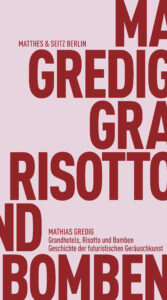
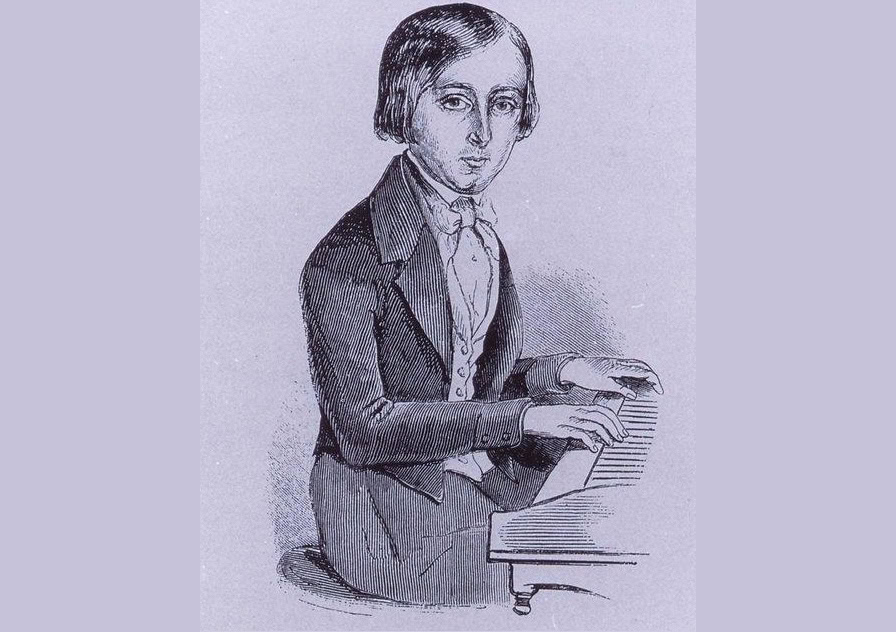

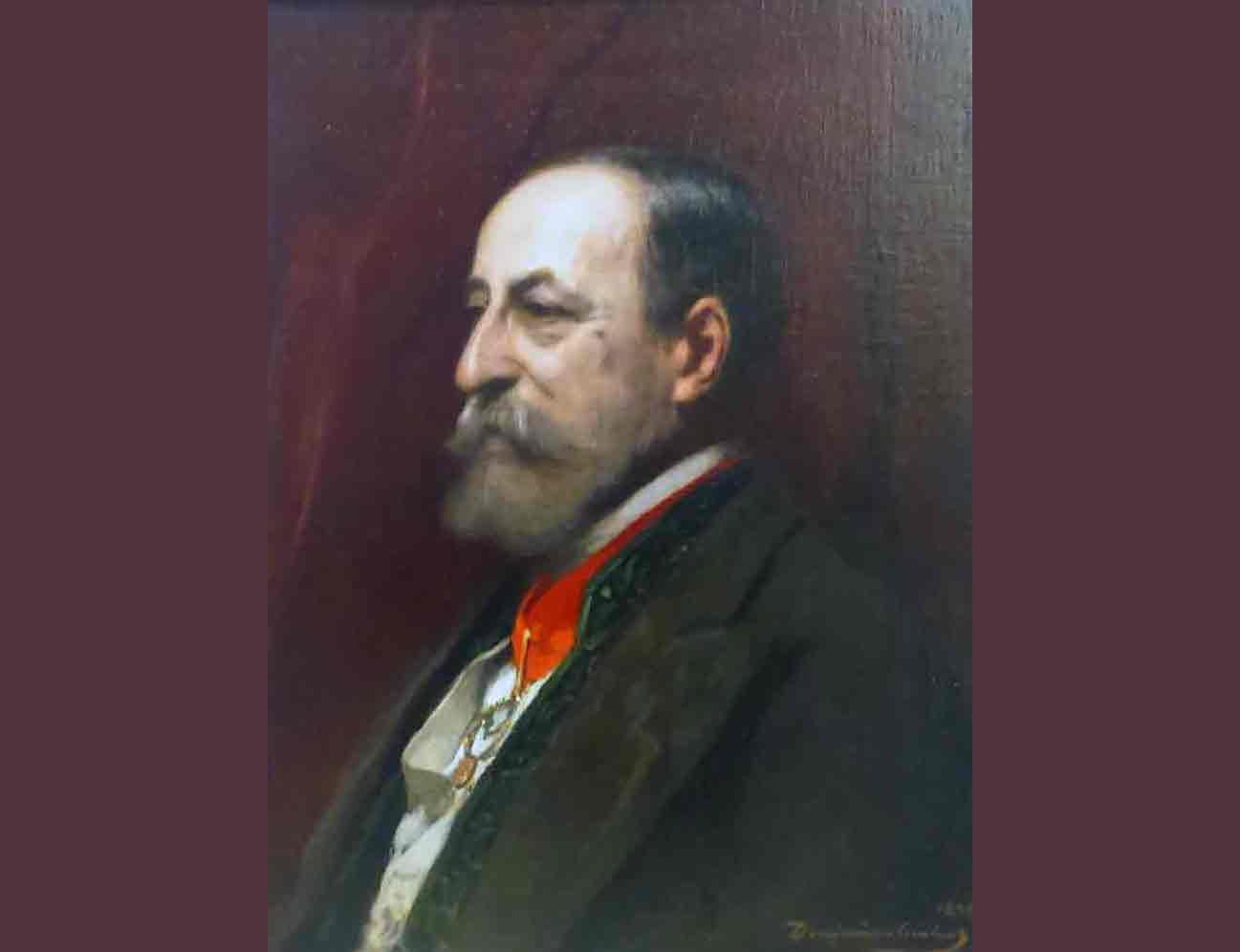
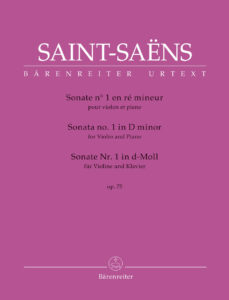

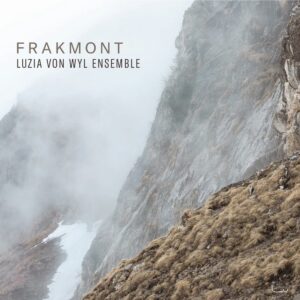
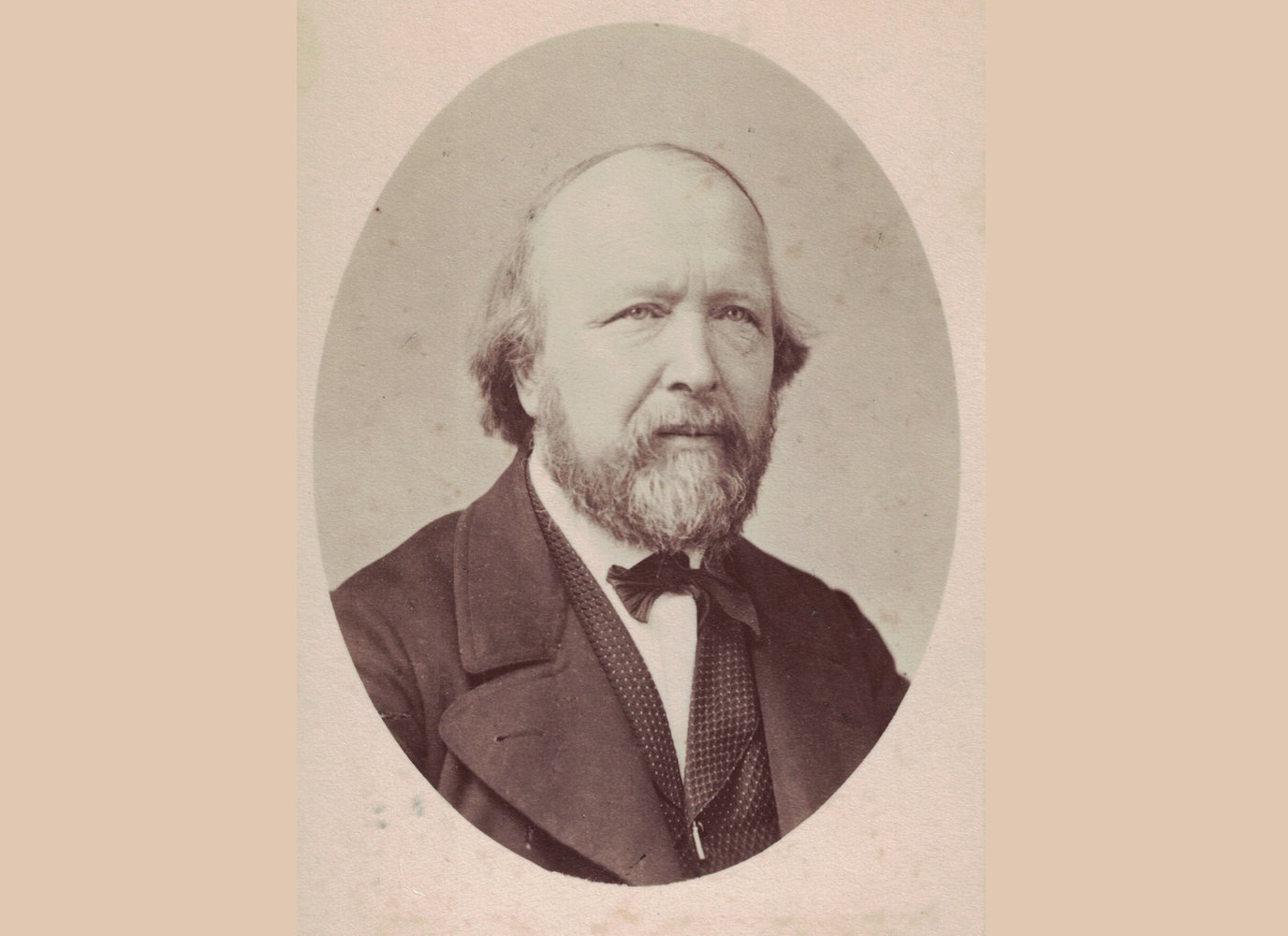

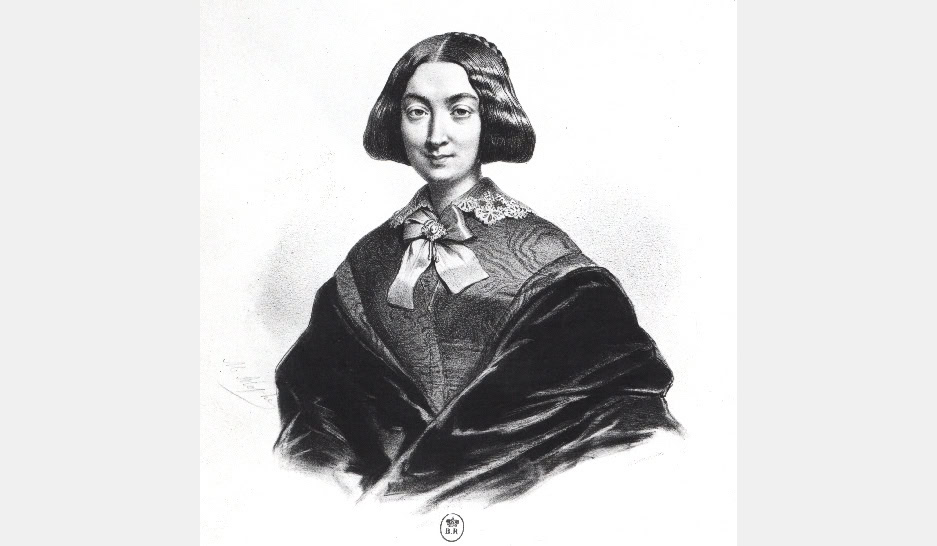
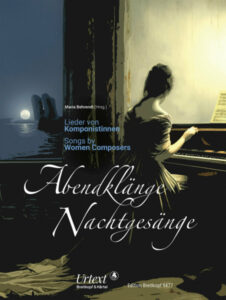

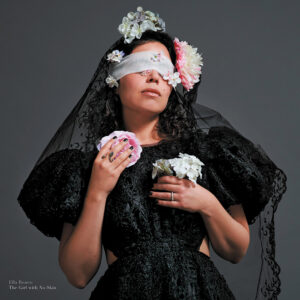
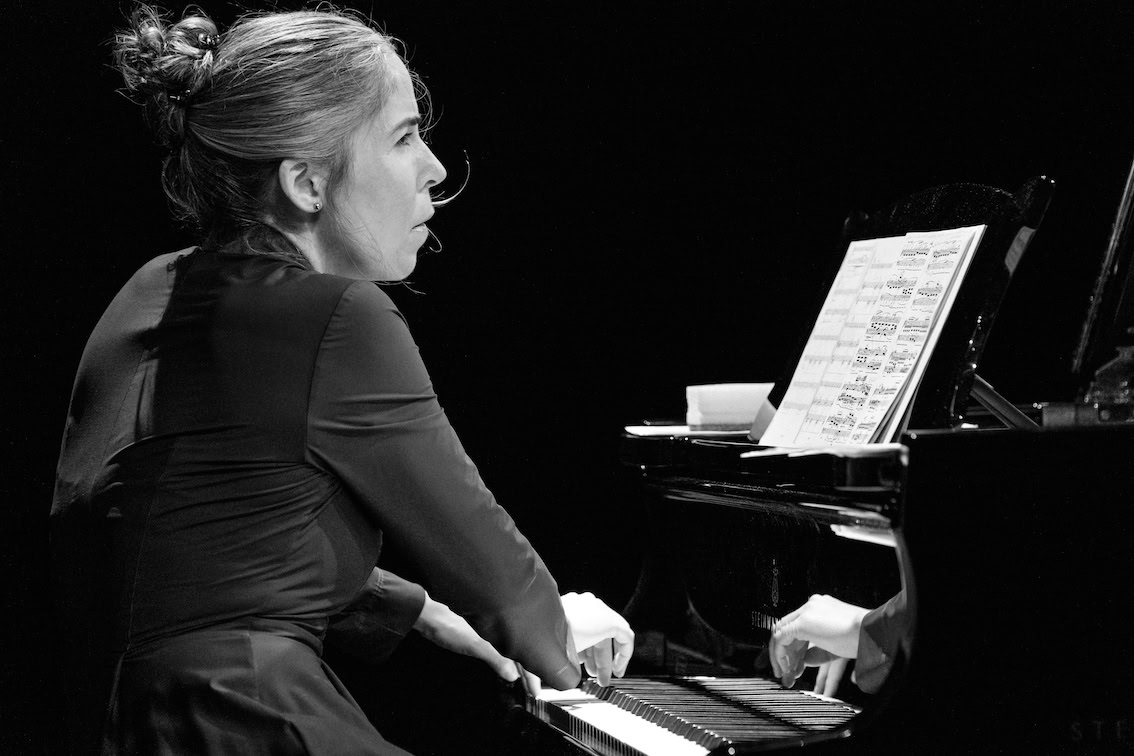
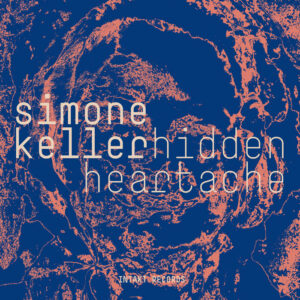
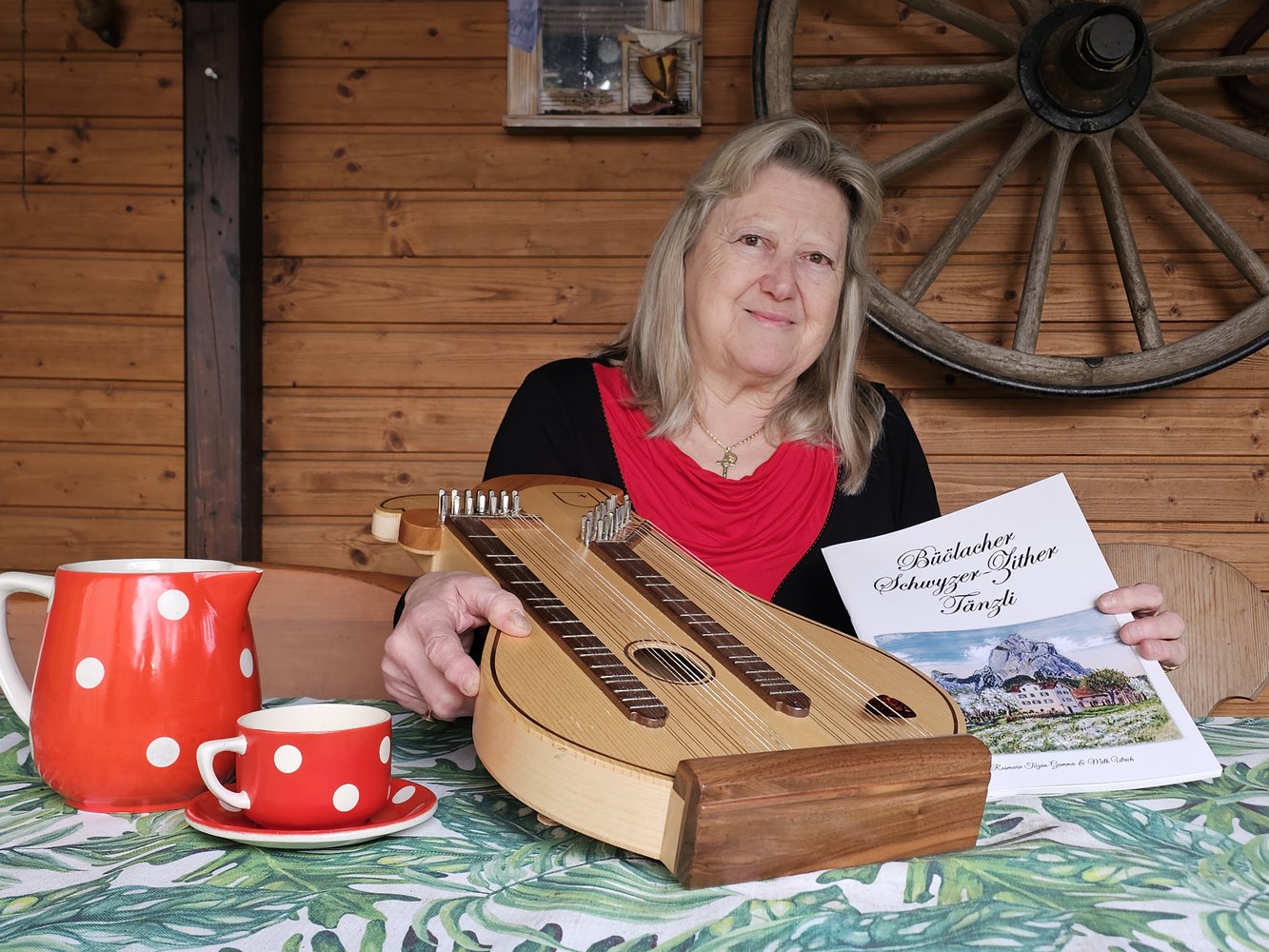

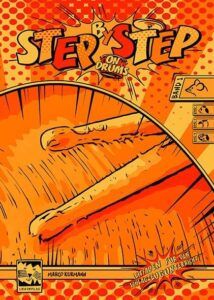
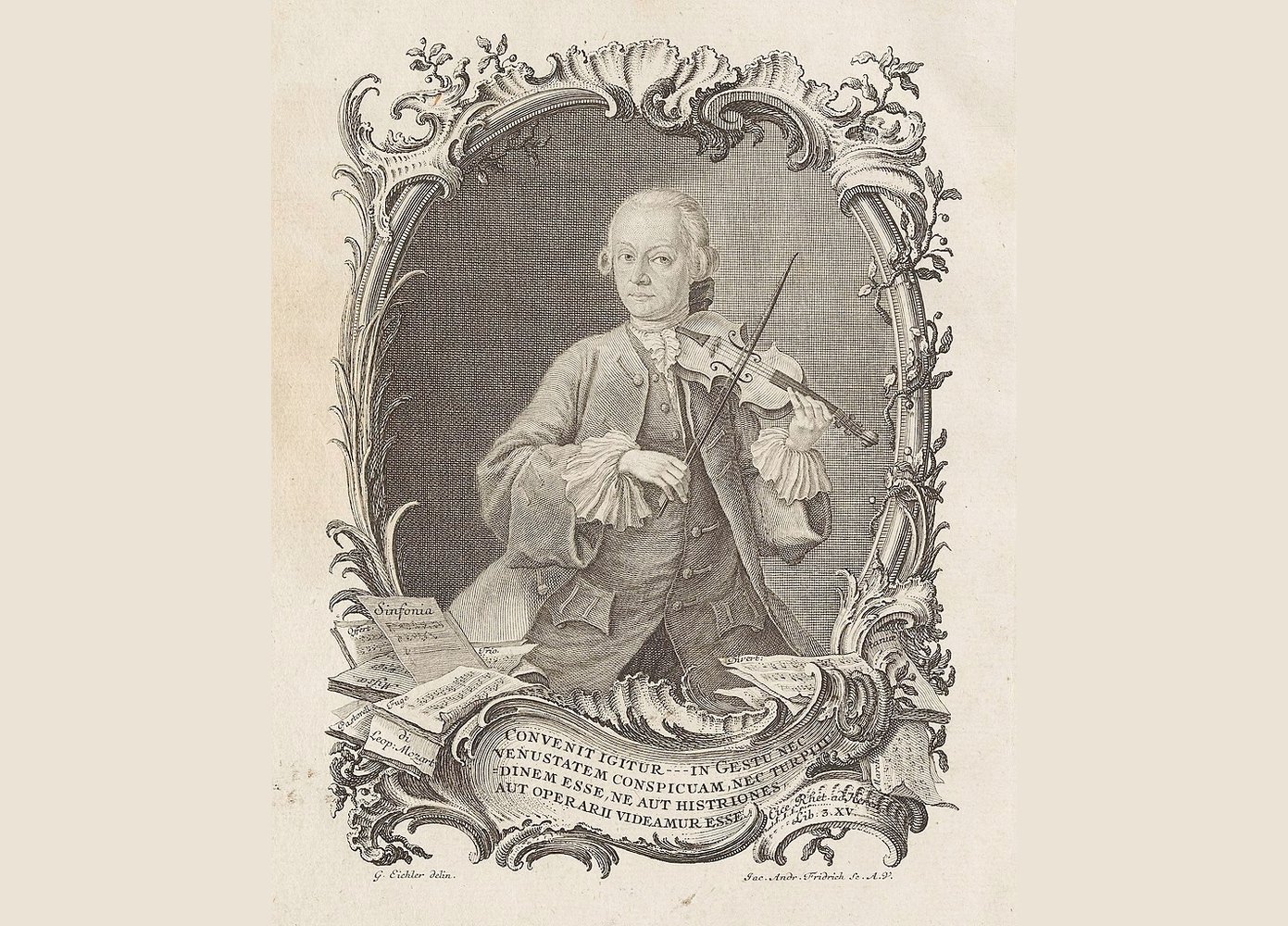
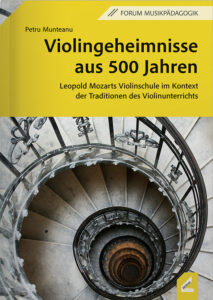 Petru Munteanu: Violin secrets from 500 years, Leopold Mozart's violin school in the context of violin teaching traditions, 442 p., € 49.80, Wissner, Augsburg 2023, ISBN 978-3-95786-306-5
Petru Munteanu: Violin secrets from 500 years, Leopold Mozart's violin school in the context of violin teaching traditions, 442 p., € 49.80, Wissner, Augsburg 2023, ISBN 978-3-95786-306-5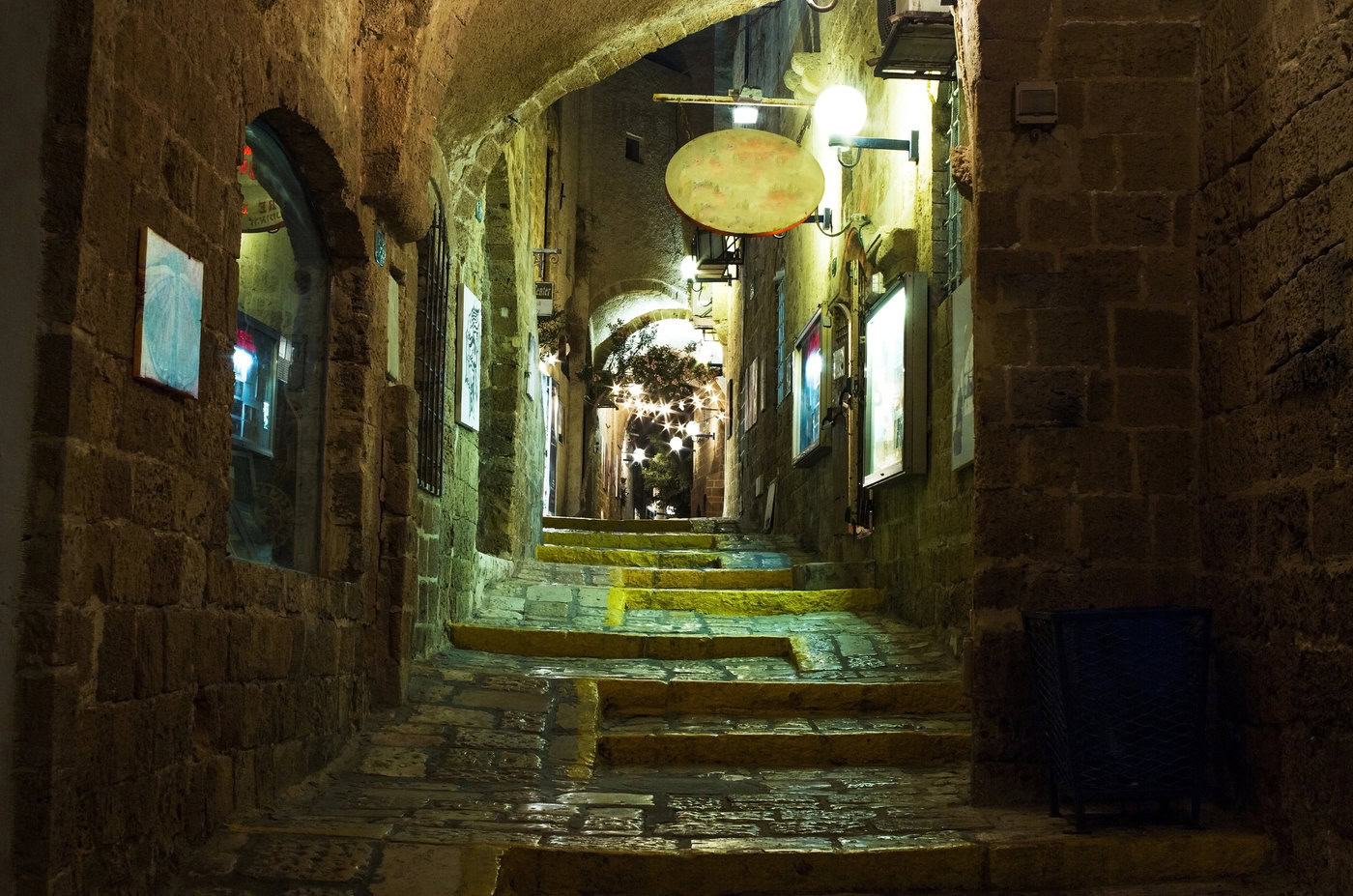
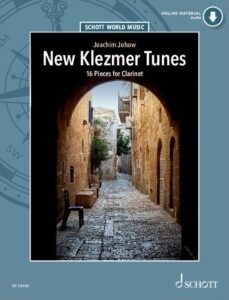
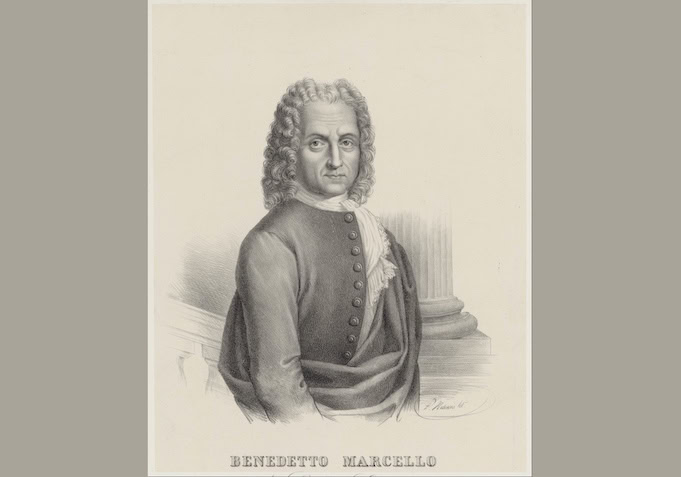
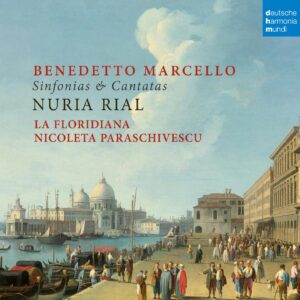
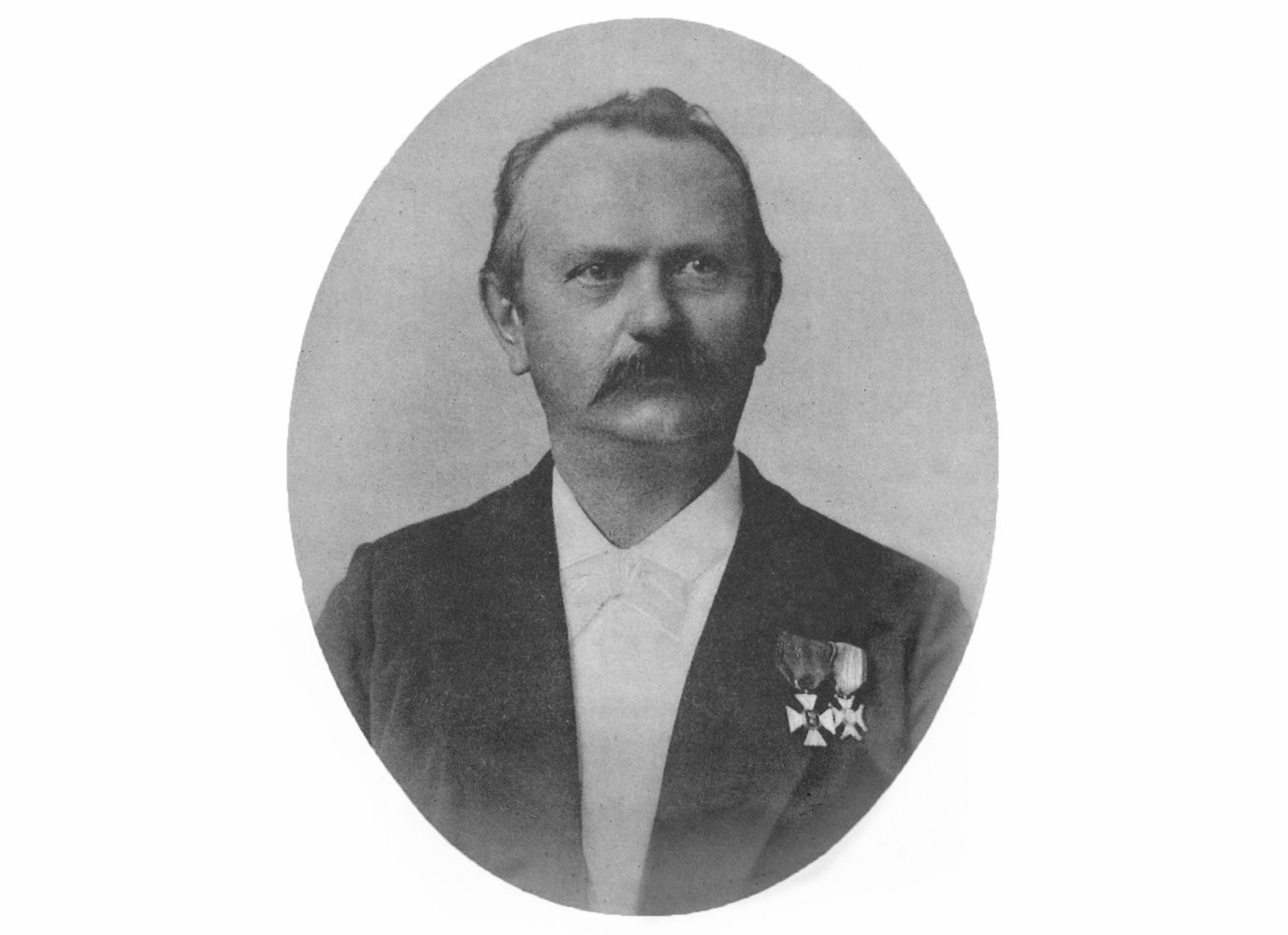
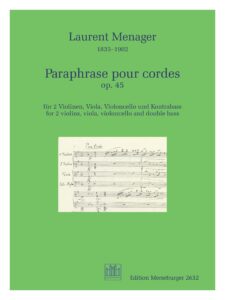 Laurent Menager: Paraphrase pour cordes sur la mélodie "Kuck Friêmen op d'Kârt" op. 45, for 2 violins, viola, violoncello and double bass, score with parts, EM 2632, € 24.90, Merseburger, Kassel
Laurent Menager: Paraphrase pour cordes sur la mélodie "Kuck Friêmen op d'Kârt" op. 45, for 2 violins, viola, violoncello and double bass, score with parts, EM 2632, € 24.90, Merseburger, Kassel